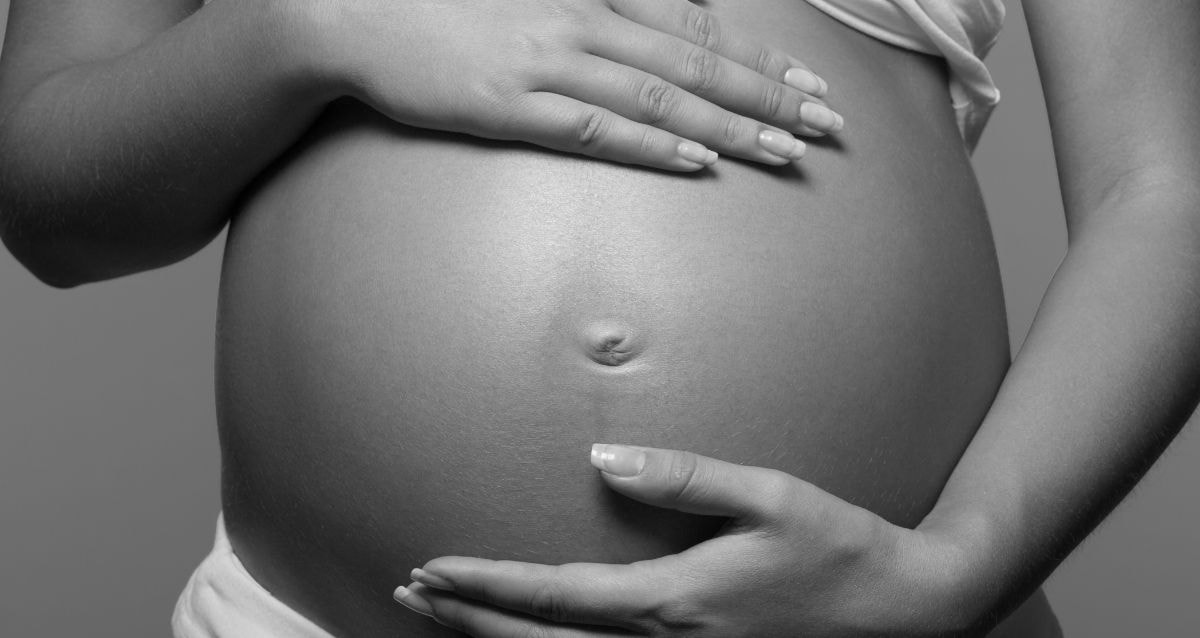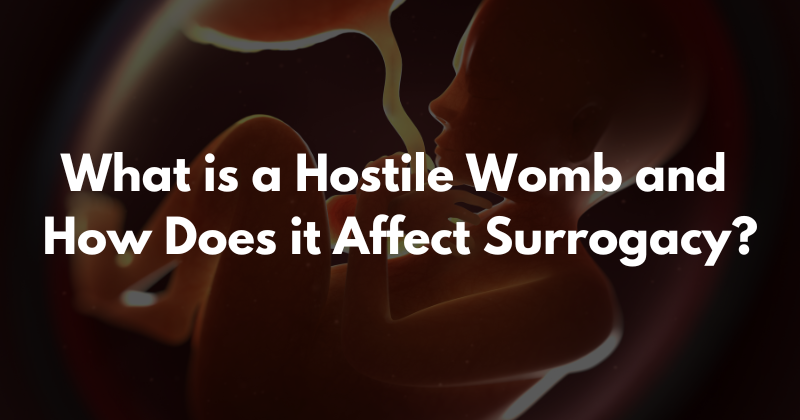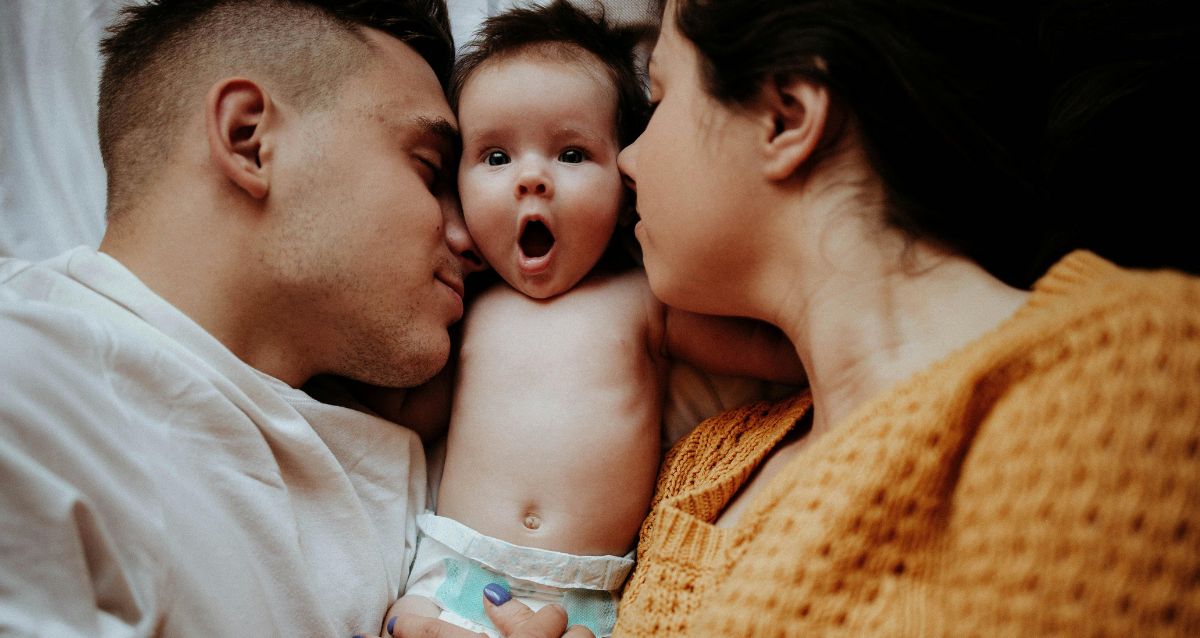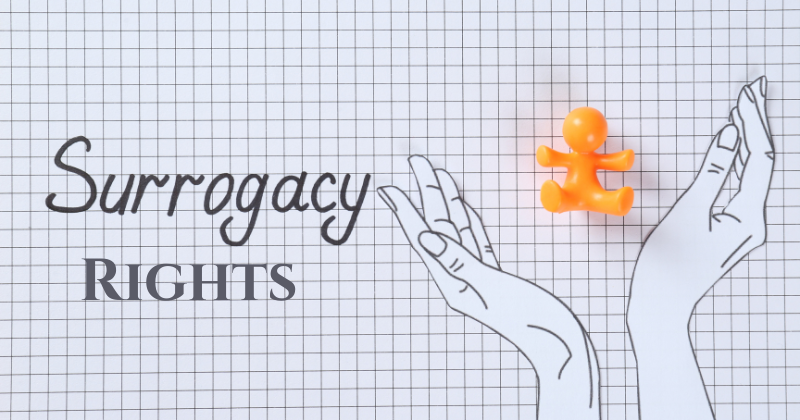Selective reduction is perhaps one of the more somber topics that must be addressed when considering infertility options such as In Vitro Fertilization. Especially when collaborating with a surrogate carrier as all parties must come to an understanding on choices and decisions that may be faced throughout the pregnancy.
Selective reduction is the termination of an embryo that has successfully implanted in the uterus in the event where multiple embryos implant. Religion, personal values, and ethical questions surround this topic a great deal. While they may play a vital role in the direction we live our personal and private lives, we must decide what is in the best interest of the intended parents, surrogate’s health, and success of the pregnancy. The notion of “what is best” however, and the ability as well as willingness of carrying multiples, may vary from person to person. Thus, prior to setting out on a shared journey, these difficult conversations must take place in an effort to establish a common ground of expectations in the case and implications of carrying multiples.
Selective reduction is particularly relevant to IVF and surrogacy as it is far more likely that these pregnancies result in carrying multiples as compared to traditional pregnancies. Many factors dictate how many embryos are placed into a uterus at the time of transfer and is definitely something the intended parents, surrogate mother, and physician will discuss and agree upon. These factors include: quality of the embryos, the age of the intended mother (or donor) at time of egg retrieval, and the development/progression of embryo at the time of transfer.
Embryos are rated on a scale of competency. Prior to transfer your physician will provide you will the “grade” or your embryos. This is determined by how likely they look to stand in implanting and yielding a healthy pregnancy. Multiple high grade embryos would unlikely be suggested for transfer as it would greatly increase the potential for multiples and risks of complications. Age of the intended mother (or donor) at the time of ova/egg retrieval plays a significant role as well in the likelihood of achieving pregnancy.
While these embryos may still be graded low, medium, or high quality they stand to have a lower potential to succeed as compared to the same grade embryo of their younger mother/donor counterparts. Lastly the progression of the embryo speaks volume to its potential success of implantation. The longer it thrives and cells multiply at a healthy rate outside of the uterus before transfer the stronger the likelihood is of implantation.
It is fairly common to transfer more than one embryo in an effort to increase the chances of a successful implantation. Multiple embryos does not necessarily guarantee multiple implantation, or implantation at all. However given the great suitability of a surrogate to carry, as she has been prepared for this purpose, in combination of the given characteristics (detailed above) of the embryos transferred there is always a chance for multiple implantation yielding twins, or multiples of larger quantities.
While couples that seek out these practices desperately yearn for children to love, multiples pose more risk of complications in pregnancy especially the probability of carrying to full term. In some cases, depending on how many embryos implant or the degree that they split/fertilize, it may be best for the success of the pregnancy to choose selective reduction. In other cases the surrogate’s health may be compromised due to multiples and physician will recommend, in her best interest, that selective reduction take place.
Wendy Arker entered the field of infertility with a huge heart and passion to guild others on their quest to grow their own family after her personal journey with infertility and turning to egg donation and sperm donation to create her own family. Being a single-mother-by-choice, Wendy understands firsthand the unique way families are built. Whether you’re a married couple, single, or LBGTQ, Creative Love is committed to assisting you.





















